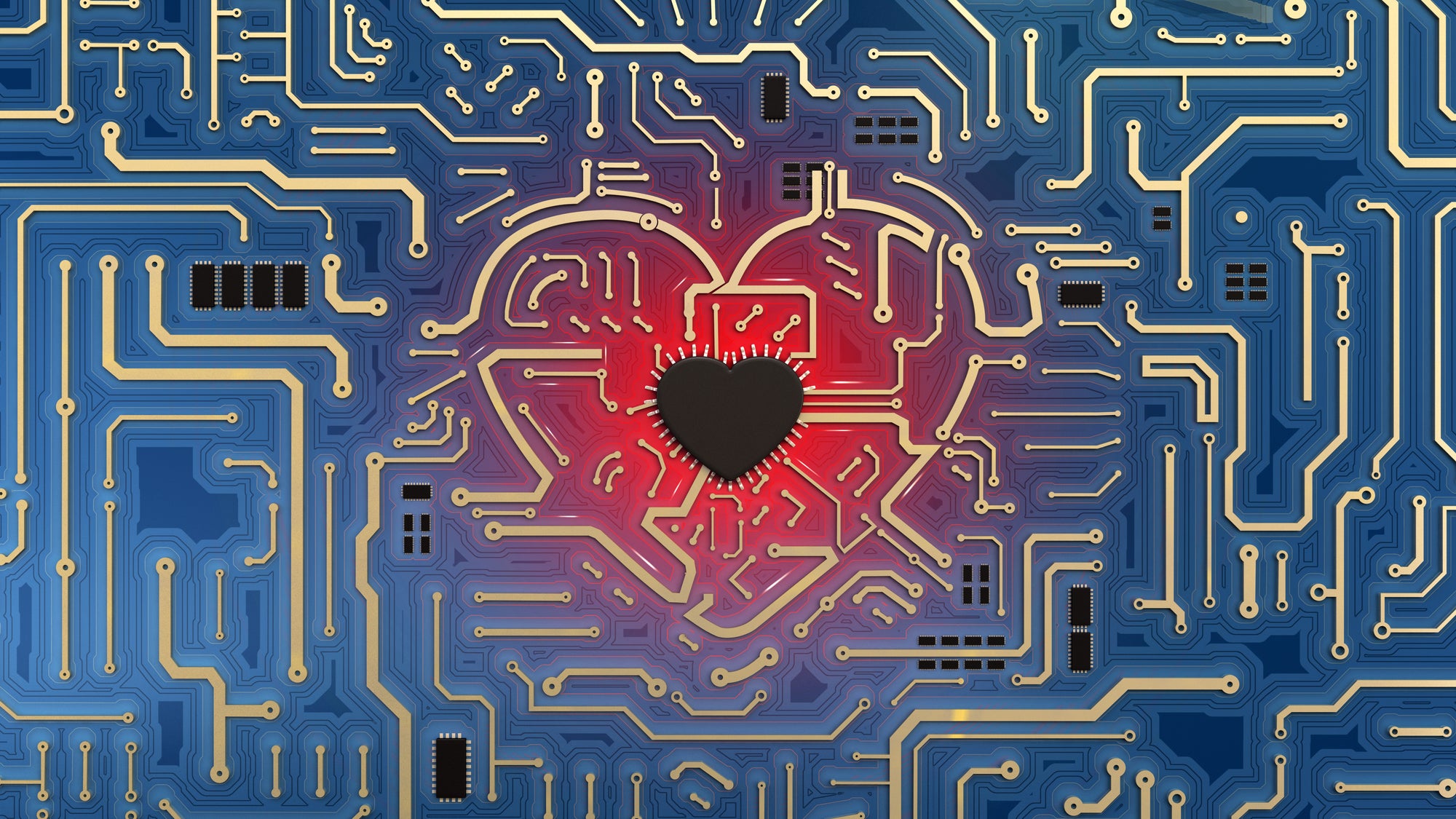Spintronics has already had profound impact on the computing industry – and there is more to come.
The electron is a subatomic particle that plays an essential role in numerous physical phenomena like electricity and magnetism. It has been responsible for much of the technological marvels we see today.
Computers, reliant on the movement of electrons and their intrinsic charge, have ushered in a new era of innovation and societal development. However, as computers become small enough to fit on our wrists, quantum mechanics (the rules which govern subatomic physics) will soon prevent chips from getting any smaller.
The presence of electrons, and hence charge, on one side of a transistor (a semiconductor device which amplifies electric current) acts as something of an ‘on’ switch – representing a 1 – and the lack of electrons represents a 0. But electrons don’t really like staying in one place. They jump around. Soon, transistors will be so small that this becomes a problem.
Thankfully, electrons have another property that we can exploit. It’s called spin, and manipulating electron spins could pave the way to the next generation of nanoelectronic devices.
Reduced power consumption, increased memory capacity, and improved processing capability can all be realised in applications from medicine to space research, with the aid of spintronics – spin electronics.

US Tariffs are shifting - will you react or anticipate?
Don’t let policy changes catch you off guard. Stay proactive with real-time data and expert analysis.
By GlobalDataWhat is spin?
Spin is a confusing area of physics but the essence of it is this: imagine the electron as a tiny bar magnet, with north pointing one way, and south the other. If the north side points up, it is a ‘spin up’ electron, and if north points down – it is ‘spin down’. This has nothing to do with the electron spinning like a billiard ball – physicists do have a penchant for giving things confusing names.
What does this mean for our devices? Well, spin can be used to change how electrons flow – which gives us more control.
Dr Amalio Fernandez-Pacheco, an EPSRC Early Career Fellow in the University of Glasgow’s School of Physics and Astronomy, describes it as ‘like being given an extra note in a musical scale to play with’.
Why does spintronics matter?
Giant magnetoresistance (GMR) is a spintronic effect whereby electric current can flow between layers of magnetic and non-magnetic material, depending on the spins of the magnetic layers. The 2007 Nobel Prize in Physics was awarded to Albert Fert and Peter Grünberg for its discovery.
GMR is at the heart of today’s read heads for hard disk drives (HDDs), which manipulate the structure of the disk to store information. GMR-based read heads were introduced by IBM in 1997 and led to an increase in information density by a factor of 1000.
Random access memory (RAM), hardware that stores data temporarily, can usually only hold onto data if there is an electric current supplied. Magnetic RAM (MRAM) has been in development over the past ten years, which uses spintronic effects to allow data storage without the supply of electricity. MRAM can resist high temperatures and radiation, which has led to applications in space research and a potential future in the automotive industry.
Spintronics is set to play a key role in the development of neuromorphic computing, which aims to create artificial circuits that mimic the structure of the brain. Quantum computers, which could speed up calculations of certain tasks by orders of magnitude, can also be spin-based.
The study of spintronics encompasses a wide variety of applications and has so far proved successful in areas such as HDDs. It is the subject of intense study, and those in the tech industry should expect more spin-based revolutions in the years to come.









